2017 Hyundai Elantra Sport: More Dash, and a Small Spoonful of Flash

Hyundai set out to make its Elantra hotter, and it’s happy to report that the sedan’s output now tops 200 horsepower in newly unveiled Sport form.
The 2017 Elantra Sport brings a third engine choice to the model lineup — a turbocharged 1.6-liter direct-injection four-cylinder making “more than” 200 horsepower and 190 pounds-feet of torque, according to the automaker.
The same turbo engine makes 201 hp and 195 lb-ft in the Veloster Turbo, so don’t be surprised to see those numbers match when the full specifications list is released.
Hyundai touts the Sport model’s independent multi-link rear suspension, which is supposed to give the meaner Elantra better driving dynamics. All 2017 models benefit from newly stiffened architecture, but the Sport adds the power and driving engagement the SE, Limited and Eco lack.
Transmission choices are a six-speed manual or seven-speed dual-clutch automatic with paddle shifters. The regular slushbox doesn’t make an appearance.
Exterior design changes include a blacked-out grille and a redesigned front bumper with LED foglights now aligned horizontally. In the rear, the lower bumper is molded more aggressively and twin tailpipes make an appearance on the starboard side. Red stitching and a flat-bottomed steering wheel add sporty visual indicators to the interior.
Hyundai hasn’t released pricing, but it should undercut the upper trims of its competitors, assuming value is still a goal of the Korean automaker.
With the Sport, Hyundai sheds some of its “sensible compact car” image, though it will have competition when it goes on sale in the third quarter of this year. The 2017 Honda Civic Si is expected to pack a turbocharged 2.0-liter engine that will surely beat the Elantra Sport’s power rating by a significant margin.
[Images: Hyundai Motor America]

More by Steph Willems
Latest Car Reviews
Read moreLatest Product Reviews
Read moreRecent Comments
- Kjhkjlhkjhkljh kljhjkhjklhkjh A prelude is a bad idea. There is already Acura with all the weird sport trims. This will not make back it's R&D money.
- Analoggrotto I don't see a red car here, how blazing stupid are you people?
- Redapple2 Love the wheels
- Redapple2 Good luck to them. They used to make great cars. 510. 240Z, Sentra SE-R. Maxima. Frontier.
- Joe65688619 Under Ghosn they went through the same short-term bottom-line thinking that GM did in the 80s/90s, and they have not recovered say, to their heyday in the 50s and 60s in terms of market share and innovation. Poor design decisions (a CVT in their front-wheel drive "4-Door Sports Car", model overlap in a poorly performing segment (they never needed the Altima AND the Maxima...what they needed was one vehicle with different drivetrain, including hybrid, to compete with the Accord/Camry, and decontenting their vehicles: My 2012 QX56 (I know, not a Nissan, but the same holds for the Armada) had power rear windows in the cargo area that could vent, a glass hatch on the back door that could be opened separate from the whole liftgate (in such a tall vehicle, kinda essential if you have it in a garage and want to load the trunk without having to open the garage door to make room for the lift gate), a nice driver's side folding armrest, and a few other quality-of-life details absent from my 2018 QX80. In a competitive market this attention to detai is can be the differentiator that sell cars. Now they are caught in the middle of the market, competing more with Hyundai and Kia and selling discounted vehicles near the same price points, but losing money on them. They invested also invested a lot in niche platforms. The Leaf was one of the first full EVs, but never really evolved. They misjudged the market - luxury EVs are selling, small budget models not so much. Variable compression engines offering little in terms of real-world power or tech, let a lot of complexity that is leading to higher failure rates. Aside from the Z and GT-R (low volume models), not much forced induction (whether your a fan or not, look at what Honda did with the CR-V and Acura RDX - same chassis, slap a turbo on it, make it nicer inside, and now you can sell it as a semi-premium brand with higher markup). That said, I do believe they retain the technical and engineering capability to do far better. About time management realized they need to make smarter investments and understand their markets better.
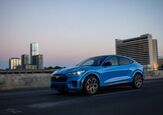
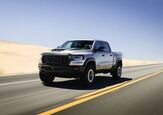
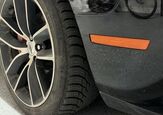
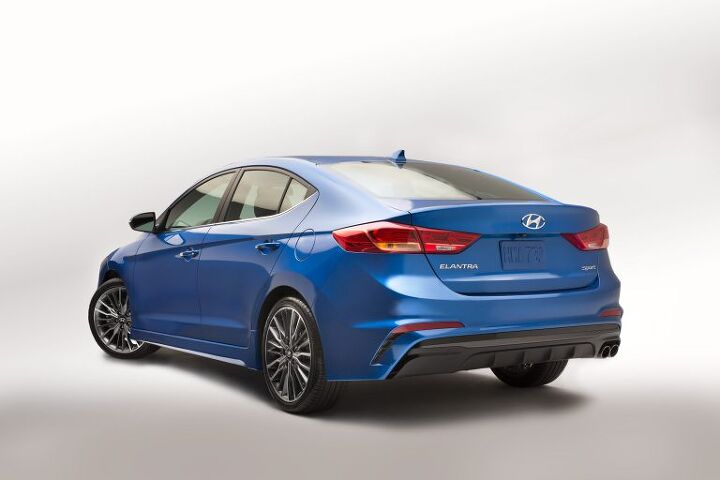














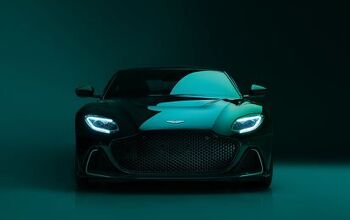
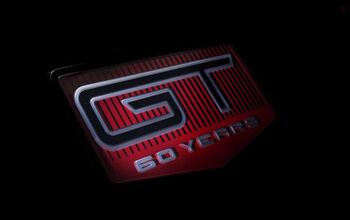
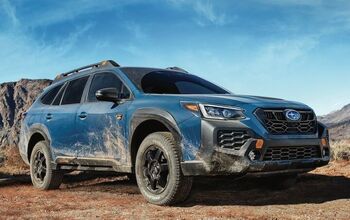

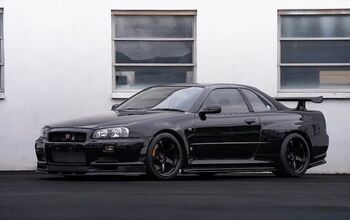
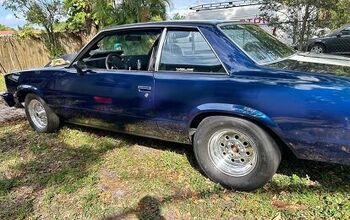
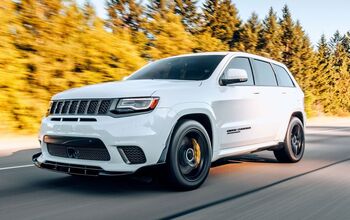

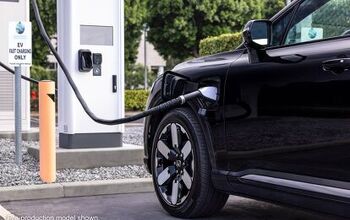

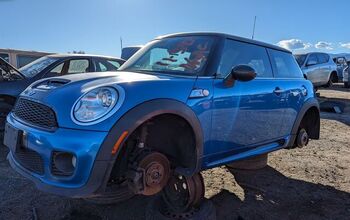

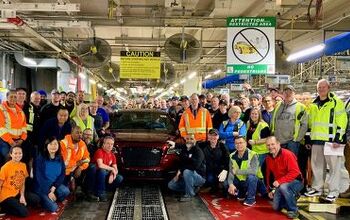
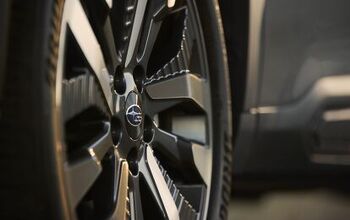

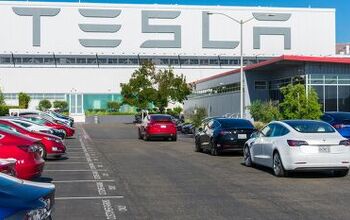
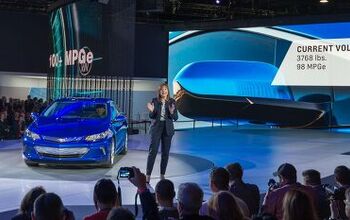
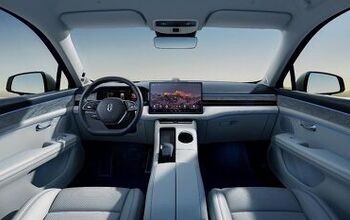
Comments
Join the conversation
Hoping this powertrain appears next in the Soul.
Reminds me of an Infiniti G20 with decent power. This engine wasn't very special in the track setup veloster turbo I've driven